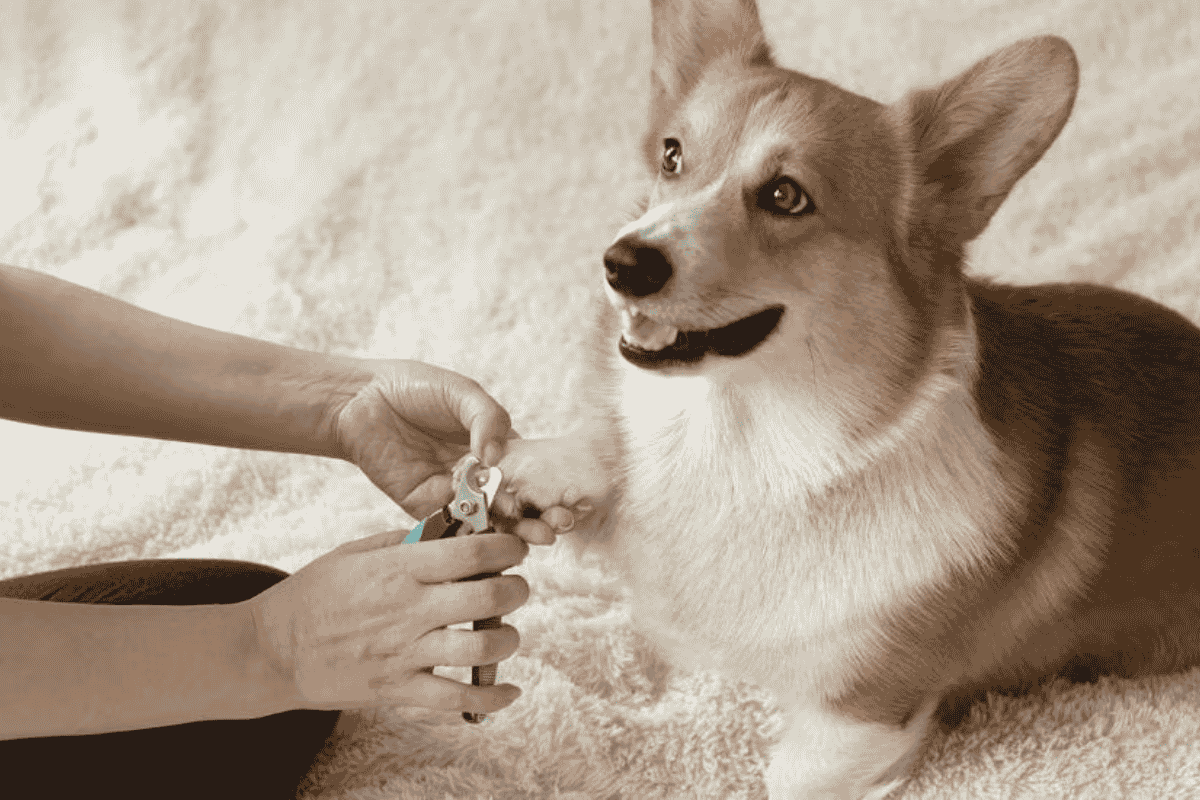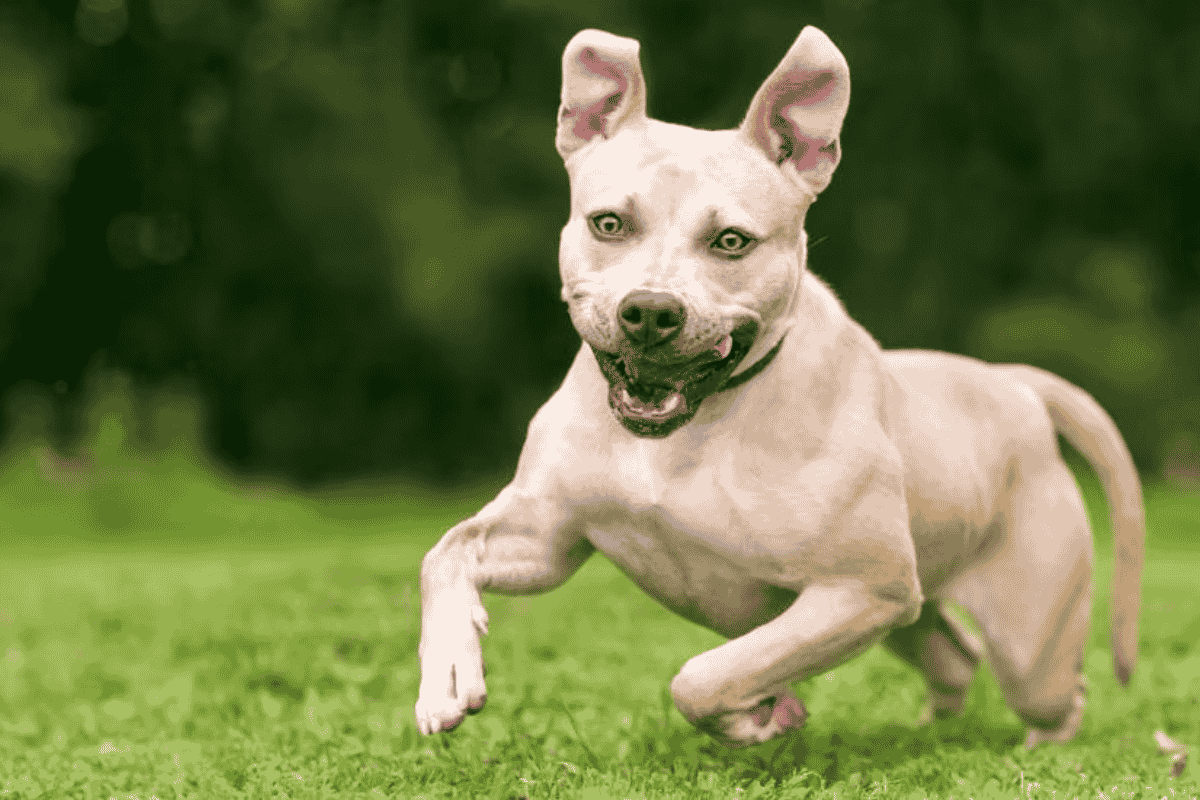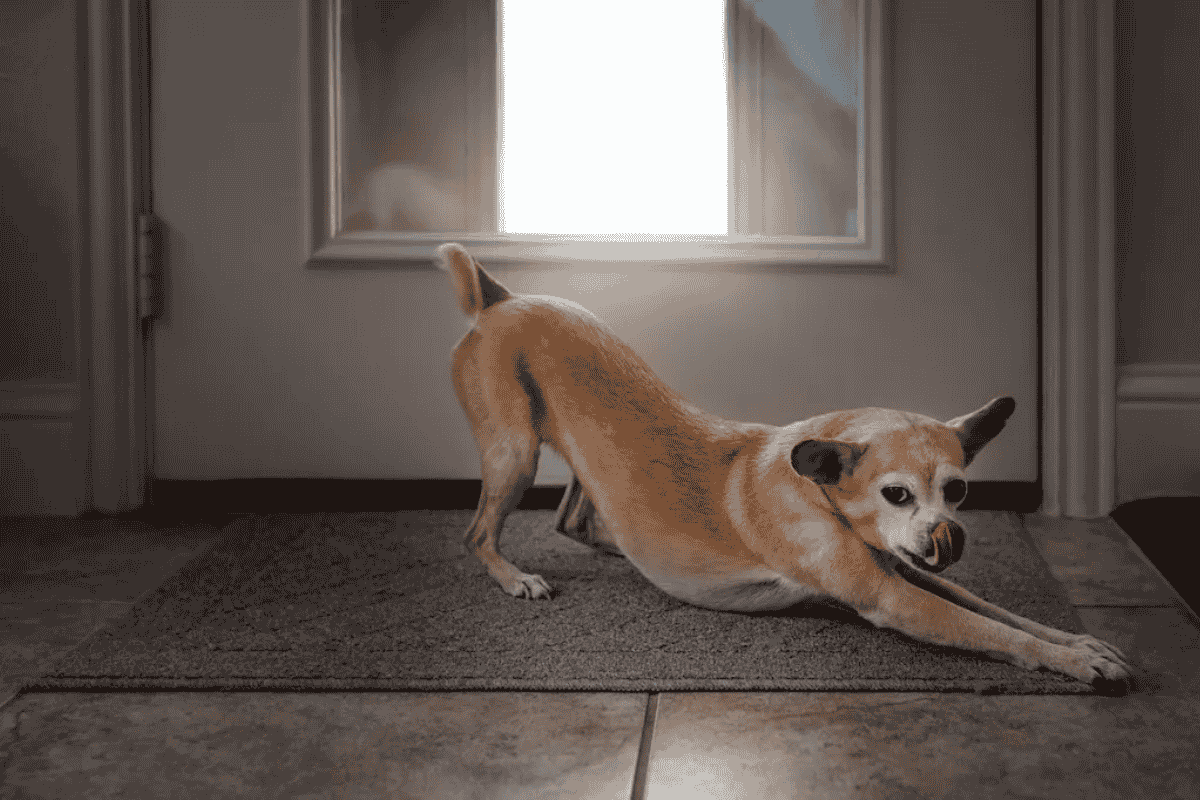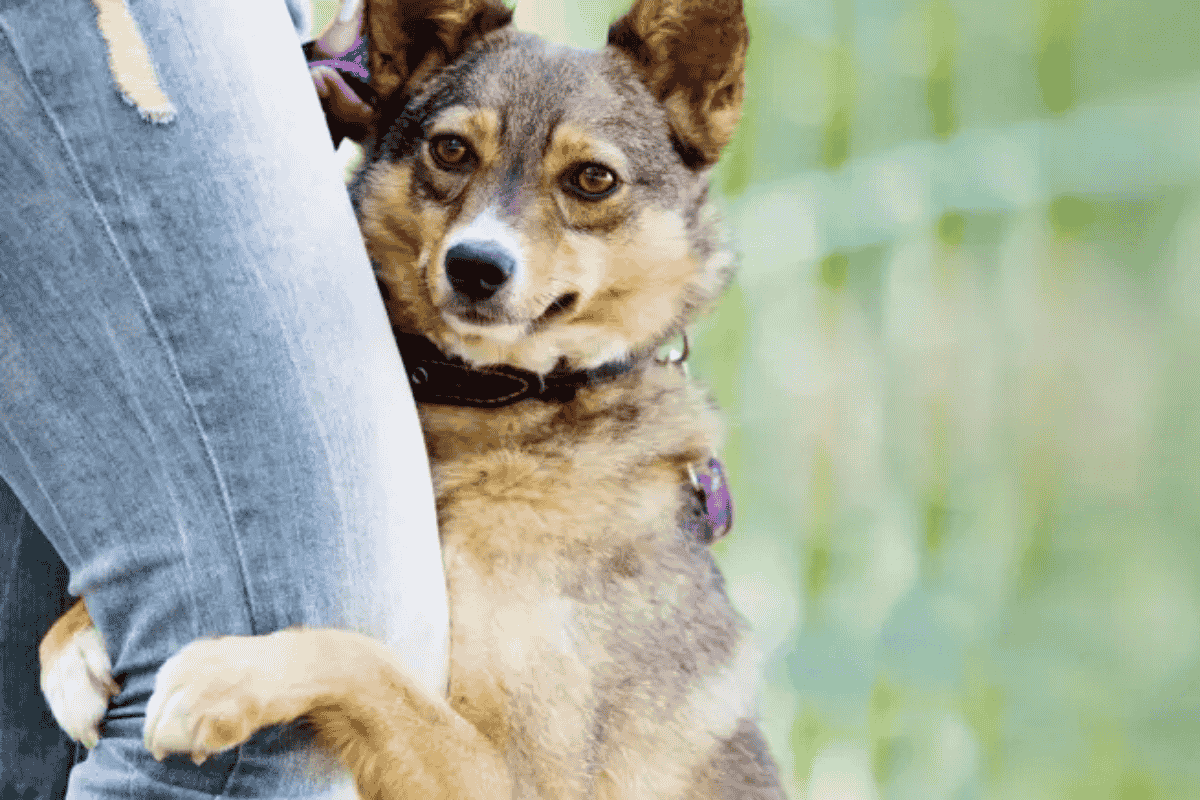Crate training is more than just keeping your puppy contained — it provides them with a sense of security and helps with many aspects of their development.
1. Safe, quiet space
Dogs are natural den animals and often seek a small, enclosed area to rest when they feel anxious or tired. A crate offers that comfort and sense of safety.
2. Aids in housetraining
Dogs generally avoid soiling their sleeping area, so a crate helps them learn bladder control and supports potty training efforts.
3. Emergency and travel readiness
Crate-trained dogs adapt better during travel or emergencies when confinement is necessary, such as in shelters or during evacuation.
4. Prevents destructive behavior
A crate limits access to potentially harmful objects when you can’t supervise your pup.
5. Medical and post-surgery benefits
Crate-trained dogs experience less stress when confined for rest after surgery or while staying overnight at the vet.
6. Helps with separation anxiety
Crating your dog for short, independent periods helps them adjust to being alone, reducing the risk of developing separation anxiety.
How To Choose a Dog Crate
When selecting a crate, consider your dog’s size, temperament, intended use, and your lifestyle.
Key questions to ask:
- How large will my puppy grow?
- Will I use the crate for travel?
- Is my puppy a heavy chewer?
- Does the crate fit my home space and decor?
Crate size:
Your puppy should be able to stand up, turn around, and lie down comfortably. Too much space can encourage accidents, so use a divider to adjust space as they grow.
Crate features to look for:
- Sturdy construction for chewers
- Multiple entry doors for easy access
- Easy to clean materials (metal or plastic)
- Rounded corners for safety
- Portability via wheels or collapsible design
Step-by-Step Guide to Crate Training a Puppy
Step 1: Make the crate inviting
Place the crate in a social area of the home, such as the living room, and fill it with a soft blanket or mat. Keep the door open and allow your puppy to explore freely.
Step 2: Introduce your dog to the crate
Encourage curiosity by placing treats or toys near the entrance. Gradually move them further inside, letting your puppy explore without pressure.
Step 3: Feed meals in the crate
Place your puppy’s food dish near or inside the crate. This builds a positive association. Move the bowl farther in over time as comfort increases.
Step 4: Close the door
Once your puppy eats comfortably inside, start closing the door briefly during mealtime. Slowly extend the closed-door duration after each meal.
Step 5: Practice short alone times
After meals, use a cue like “Crate” or “House” to signal entry. Stay nearby at first, then step away for short intervals, gradually increasing the time apart.
Step 6: Crate your dog when you leave
Once your puppy can relax for about 30 minutes, start crating them for short absences. Keep departures and arrivals calm to avoid anxiety.
Step 7: Crate at night
Place the crate in your bedroom initially to comfort your puppy. As they mature and sleep through the night, you can move it to your preferred spot.
Tips for Successful Crate Training
- Keep the crate in your bedroom at night or in a busy room during the day so your puppy feels close to you.
- Never use the crate as punishment.
- Go slowly and don’t rush steps — moving too fast can cause fear or resistance.
- Establish a daily routine for meals, play, potty breaks, and bedtime to reduce anxiety.
FAQs
How long does crate training take?
It varies by puppy — some adapt in a week, others take several weeks. Be patient and consistent.
How long can a puppy stay in a crate?
Young puppies can only hold their bladders for about one hour per month of age (e.g., a 3-month-old can last 3 hours). Always provide regular potty breaks.
Is it okay to let a puppy cry at night?
Comfort your puppy if they’re distressed — they may need to go potty or feel lonely. Ignoring distress can cause long-term anxiety.












